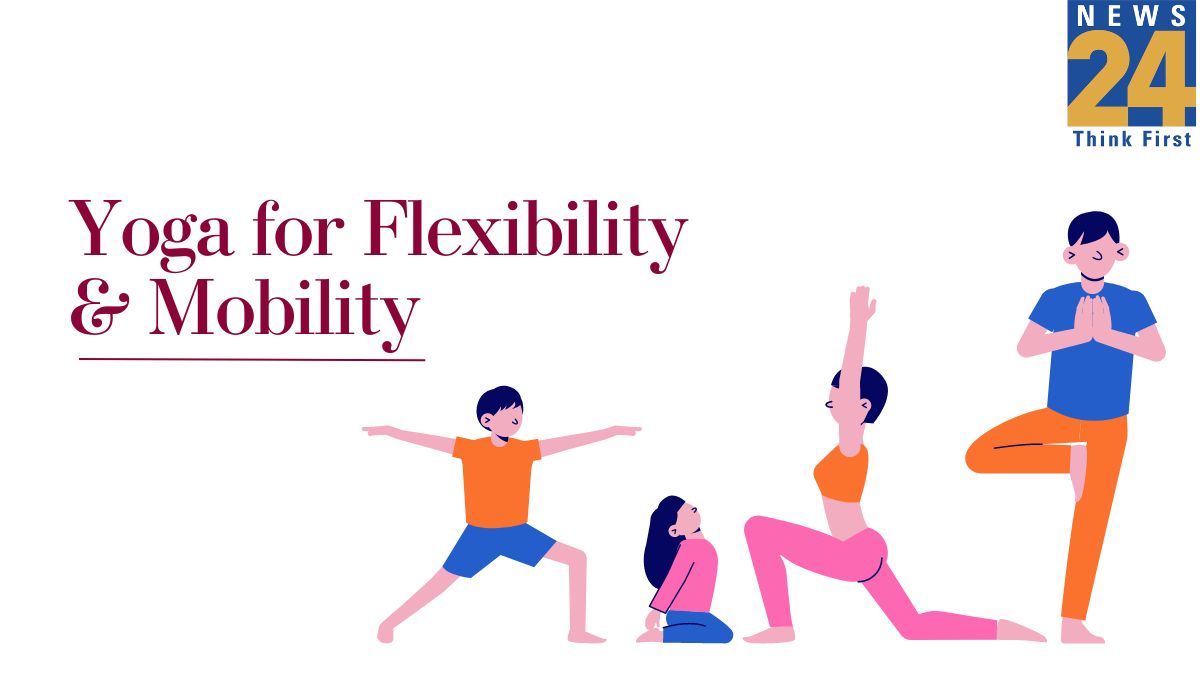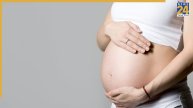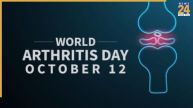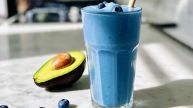Yoga with its numerous benefits is an excellent way to stay fit and absolutely healthy. However, there is more to yoga for good health; it also significantly contributes to flexibility and mobility. Here is how you can remain flexible and mobile using the below mentioned yogic postures.
Mobility and Flexibility
Before diving deep into the yoga postures for the mentioned benefits, we must first know that there is a subtle difference and fine line between the two terms ‘flexibility’ and ‘mobility’. The two terms may sound the same and fungible, yet they have two different meanings. Flexibility allows the muscles to stretch and lengthen while mobility is the range of motion that each joint can move through. Without flexibility there can be no mobility. Thus you would require both to stay fit and active.
Also read – These 5 Yoga Asanas Can Help You Regain Your Flexibility
Yogic Postures for Different Parts of the Body
Here it has to be understood that flexibility and mobility involves different parts of the body. So there are many different postures for different body parts.
Yoga for Chest and Shoulders
For the chest and shoulders, below are the appropriate yoga postures that can help.
Cobra pose
This pose ensures that a person lies on the yoga mat on the floor with hands on either side of the body or chest with palms planted firmly on the ground and elbows bent. While moving the chest off the ground there should be inhalation. This should be counted up to 3 breaths and repeated 3-5 times.
Puppy or dolphin pose
It is initiated with the tabletop position with hips stockpiled above the knees and shoulders heaped above the wrists. While walking the hands a little in front, there should be exhalation and lower the chest slowly onto the mat. The tailbone should point towards the sky. As you intensify with time, the dolphin pose comes into play. This is where the forearms are pasted to the mat and the hips point to the sky with the legs stretched straight. It should be held for three breaths and repeated 3-5 times.
Child’s pose with reverse prayer
Initiating with the tabletop position, the knees are widened as far as the mat with both big toes touching each other. While exhaling the back touches the back of the heels and the arms stretches out long with the forehead on the mat. The elbows should be bent with the palms touching the back of the head. The position should be held for 3 breaths and repeated 3-5 times.
Yoga for Spine
Yoga for the spine should be with the following.
Upward facing dog
It begins with slow exhalation with the plank position while slowly lowering the body a little above the mat. The elbows are kept firmly to the sides of the body. Then will begin the inhalation process, with the feet pressing on the mat and elbows kept straight and chest forward. This elongates the spines and relaxes the shoulders till the ears. It also engages the quads and thighs. It should be held for 3 breaths and repeated 3-5 times.
Cat/cow pose
While in the tabletop position, the belly drops and you inhale. The tailbone to the sky, the chest expands forward. The face should also look to the sky. Rounding the upper portion the back, exhalation begins making the hands straight and tailbone to the sky. It should be done for 5-6 rounds of breath for both the poses.
The other pose for the spine are spinal twists which stretches the spine and keeps it flexible and mobile.
Yoga for Back, Hips and Full Body
Yoga for back involves the following poses:
- Head to knee pose
- Easy pose with side body stretch
- Thread the needle.
Yoga for the hips includes:
- Yogi squat
- Lizard pose
- Happy baby pose
Yoga for the full body should be with:
- Cow face pose
- Downward facing dog pose
- Low lunge to half splits
Yoga Used To Address Injury
Yoga goes deep and addresses every muscle, joint, organ and part of the body. If integrated properly into the daily workout regime it could help to prevent injuries. It gives a perfectly toned body and prevents imbalance which keeps the body away from injuries. It increases strength, mobility and flexibility helping the body to attain equilibrium.













